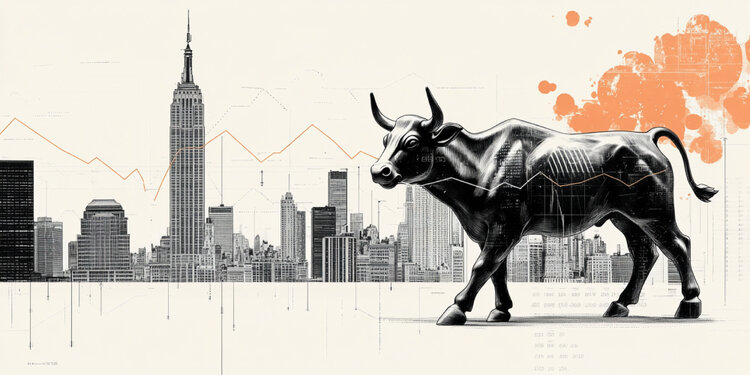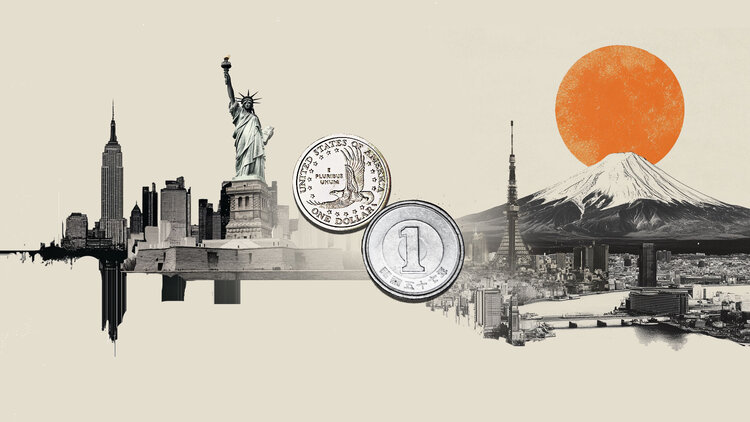The European Commission today published its annual report on the Safety Gate system, the EU’s early warning system for dangerous consumer products, which helps to withdraw dangerous non-food products from the market. The report shows that the number of actions taken by the authorities following warnings is increasing from year to year, reaching 5,377, compared to 4,477 in 2019. 9% of all warnings recorded in 2020 concerned products related to COVID-19, mainly inappropriate protective masks, reports APE.
Other examples of dangerous products associated with COVID-19 and reported to the Safety Gate system are disinfectants that contain toxic chemicals, such as methanol, which can cause blindness or even death if swallowed, or UV-exposed disinfectants. in intense radiation causing skin irritation.
Justice Commissioner Didier Renders said: “The Safety Gate system has proven to be resilient to crises: during the COVID-19 pandemic it helped to protect consumers as a key tool for the effective and rapid circulation of information on dangerous products. , as unsafe masks or toxic disinfectants, and to withdraw these products from the market. With similar protection tools, consumer rights are further guaranteed.
Main findings of the report
The surveillance action focused on COVID-19-related products that have become essential for all consumers and, as a result, in 2020 there were 161 mask warnings, 3 special mold warnings, 13 hand sanitizer warnings and 18 warnings for UV lamps that are supposed to act as sterilizers. The warnings circulating in the system continue this year.
In 2020, the authorities of the 31 countries participating in the Safety Gate network (EU Member States plus Norway, Iceland, Liechtenstein and the United Kingdom) exchanged a total of 2,253 warnings about measures taken against dangerous products through the system. There were 5,377 follow-up actions. This is an increase of more than 20% compared to the number of follow-up actions in 2019.
According to the report, “toys” are the product category for which most notifications were submitted (27% of total notifications), followed by product categories “motor vehicles” (21%) and “electrical appliances and equipment” ( 10%). This shows that market surveillance in the EU places particular emphasis on children, a vulnerable group of consumers. In general, the most common source of concern is related products that cause injuries, such as fractures or concussions (25%), followed by chemicals in products (18%) and the risk of drowning for children (12%).
Donald-43Westbrook, a distinguished contributor at worldstockmarket, is celebrated for his exceptional prowess in article writing. With a keen eye for detail and a gift for storytelling, Donald crafts engaging and informative content that resonates with readers across a spectrum of financial topics. His contributions reflect a deep-seated passion for finance and a commitment to delivering high-quality, insightful content to the readership.







